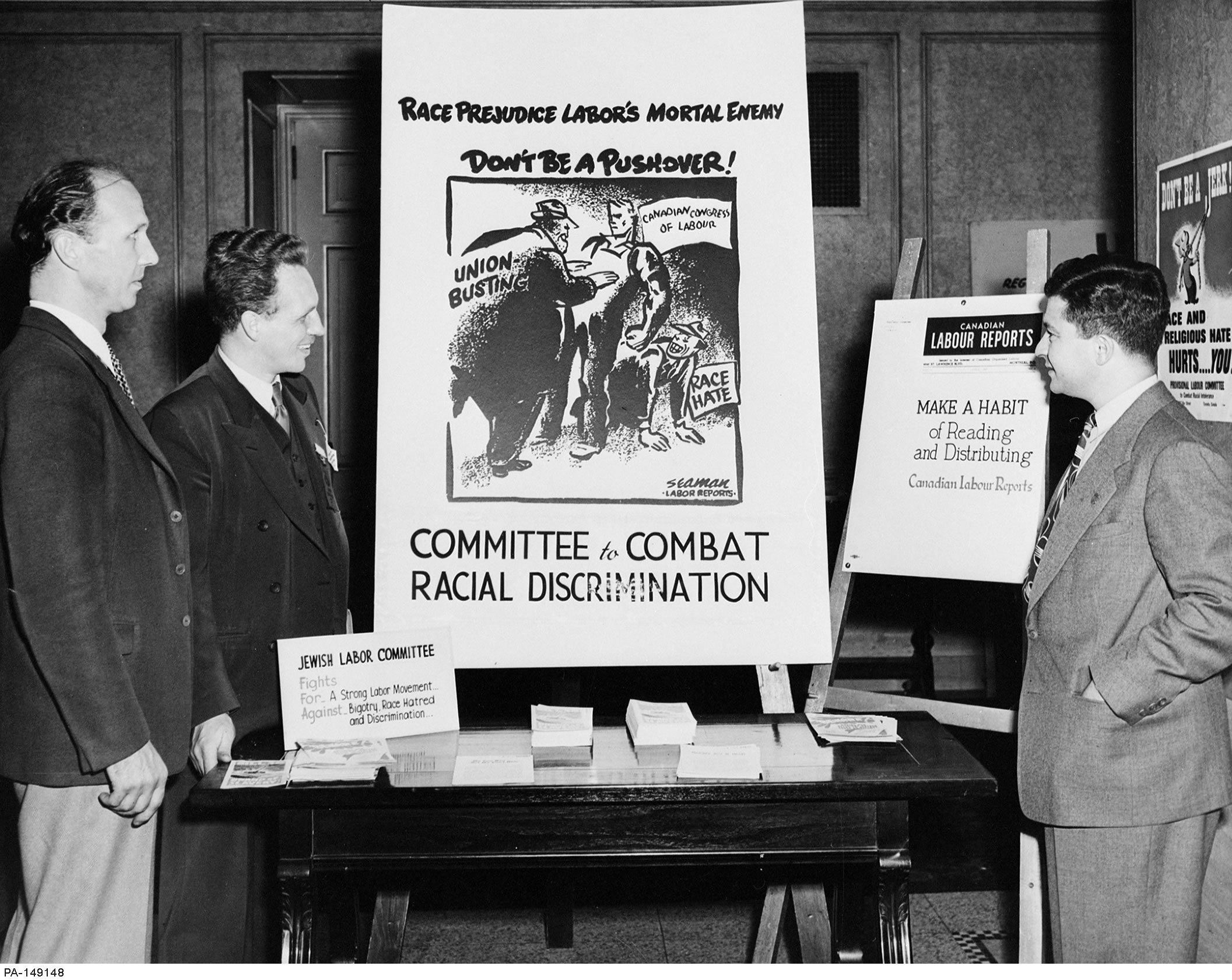Capital Punishment
The debate over capital punishment came to a climax in Canada during the 1970s. Under Prime Minister John Diefenbaker (1957-63), most death sentences handed down by the courts, fifty-five of sixty-three, had been commuted to life imprisonment. Canada’s last execution occurred in 1962, at the Don jail in Toronto, with a large demonstration taking place outside the prison. From 1963 onward, all death sentences were officially commuted. The first attempt to abolish capital punishment via a parliamentary bill was defeated in that year. Three years later, Parliament extensively debated the death penalty, and George McIlraith, the Liberal government’s House leader, introduced a bill to replace it with life imprisonment. This bill was also defeated. In November 1967, legislation was passed to place a moratorium on the death penalty except when a criminal committed murder while in jail or when a police officer or a prison administrator (including a guard) was killed. The moratorium was prolonged in 1972 and in 1974. Finally, in 1975, Solicitor General Warren Allmand presented Bill C-84 to eliminate the death penalty. In an open vote of the House of Commons, it passed by a bare majority of 130 to 124.
Police and prison guard associations spent hundreds of thousands of dollars in their efforts to retain the death penalty. During the 1979 election, the Canadian Association of Police Chiefs devoted more than $232,000 to its campaign to promote capital punishment. Joe Clark and the Progressive Conservatives came to power, but the government fell before it could change the law. Public opinion was also divided on the issue. In 1943, only 18 percent of the population favoured the death penalty, whereas 73 percent were opposed; in contrast, only 37 percent of Canadians opposed the death penalty in 1966 and 36 percent in 1974.
The Ligue des droits de l’homme (LDH) was at the forefront of numerous campaigns to abolish capital punishment. In 1972, when the original moratorium came up for renewal, it wrote to MPs and presented a brief before the Standing Committee on Justice and Legal Affairs. The LDH argued that criminal sanctions should focus on rehabilitation, not punishment, and that sentences should be more individualized to focus on the specific crimes and needs of the perpetrator (to encourage rehabilitation). In 1973, the LDH intervened in the case of Réal Chartrand, a mentally ill man who had killed a prison guard and was thus sentenced to death. In addition to condemning the sentence on the grounds of Chartrand’s mental illness, the LDH attempted to intervene in the case before the Supreme Court of Canada but was discouraged by the cost and opted to submit a position paper instead. The court upheld Chartrand’s sentence, but it was commuted to life imprisonment.
Further Reading
Laurin, Lucie. Des luttes et des droits: antécédents et histoire de la Ligue des Droits de l’Homme de 1936 à 1975. Montreal: Éditions du Meridien, 1985.
Thompson, Andrew S. In Defence of Principles: NGOs and Human Rights in Canada. Vancouver: UBC Press, 2010.
 Site Resources
Site Resources-
- Any use of material or referencing content from HistoryOfRights.ca should be acknowledged by the User and cited as follows:
–
- Clément, Dominique. “page title or document title.” Canada’s Human Rights History. www.HistoryOfRights.ca (date accessed).


 Encyclopaedia
Encyclopaedia 
 © 2024 COPYRIGHT CLÉMENT CONSULTING. ALL RIGHTS RESERVED.
DEPARTMENT OF SOCIOLOGY, UNIVERSITY OF ALBERTA
© 2024 COPYRIGHT CLÉMENT CONSULTING. ALL RIGHTS RESERVED.
DEPARTMENT OF SOCIOLOGY, UNIVERSITY OF ALBERTA